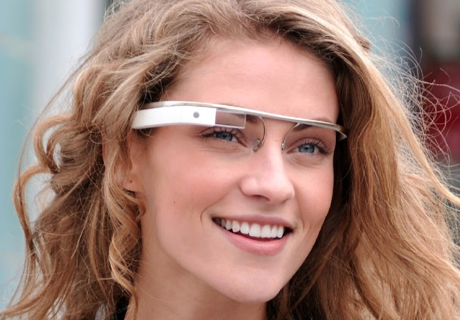Sales of Wearable Devices to Reach $19 Billion by 2018
October 21, 2013
Juniper Research predicts that sales of wearable connected devices, including smart watches and glasses, will hit $19 billion by 2018, up from the $1.4 billion the industry is expected to generate this year. While issues concerning privacy are emerging, wearable devices are expected to become more popular as a result of advances in wireless connectivity and mobile computing. Juniper also cites consumer demand and the rise of related subscription services as key factors.
 “While most wearables are being sold solely as devices right now, it won’t be long until every wearable maker also offers a separate service component to generate recurring revenue,” suggests VentureBeat. “Consider devices like the Filip, a kid-friendly smartwatch that can also make phone calls. By teaming up with AT&T, Filip is creating an extra revenue stream that goes beyond just device sales.”
“While most wearables are being sold solely as devices right now, it won’t be long until every wearable maker also offers a separate service component to generate recurring revenue,” suggests VentureBeat. “Consider devices like the Filip, a kid-friendly smartwatch that can also make phone calls. By teaming up with AT&T, Filip is creating an extra revenue stream that goes beyond just device sales.”
“A perfect storm of innovation within low power wireless connectivity, sensor technology, big data, cloud services, voice user interfaces, and mobile computing power is coming together and paves the way for connected wearable technology,” Berg Insight analyst Johan Svanberg recently wrote.
Svanberg suggests that success for the wearable industry will rely on the development of multipurpose devices that can also stand on their own.
VentureBeat agrees: “One of the biggest issues with Samsung’s Galaxy Gear (which we aren’t fond of) is that the device needs to be connected into a smartphone in order be truly useful.”
In a related story, Forbes looks at wearable devices such as the Pebble smartwatch and Google Glass, while offering a different perspective: “We’re not ready for ubiquitous computers. As much as backers tout the benefits, wearable computers flunk too many rules of proper etiquette. They need to be normative to be popular and right now, they’re not.”
Issues regarding behavior and privacy are emerging in response to the “always on” aspect of the devices. People are concerned of the potential invasion of privacy by those wearing Google Glass, for example. Robert Scoble noted that people thought he was being rude by regularly looking to check the time on his Pebble watch, when in fact he was monitoring incoming messages.
“Therein lies the wearables conundrum,” notes Forbes. “You can put a phone away and choose not to use it. You can turn to it with permission if you’re so inclined. Wearables provide no opportunity for pause, as their interruptions tend to be fairly continuous, and the interaction is more physical (an averted glance or a vibration directly on your arm). It’s nearly impossible to train yourself to avoid the reflex-like response of interacting.”
The Juniper report categorizes smart wearable devices into four key segments: Consumer Wearables (Sports & Fitness, Multimedia & Entertainment, Multi-function); Enterprise & Industrial Wearables; Healthcare Wearables; Military Wearables.

No Comments Yet
You can be the first to comment!
Leave a comment
You must be logged in to post a comment.